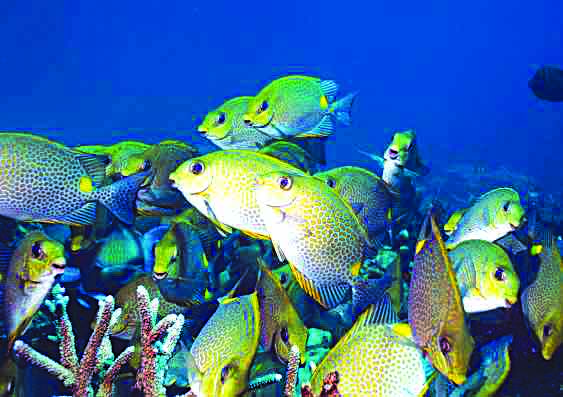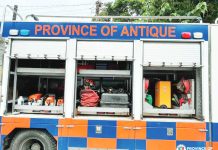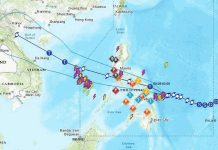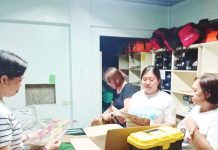
SAN JOSE, Antique – The provincial government here has further strengthened its marine conservation campaign by forging a partnership with a non-government organization.
The “Itib-ong ta, Kinaiya Antique” campaign will now cover the municipalities of Sebaste and Pandan, Provincial Environment and Natural Resources Office head Andres Untal said.
She cited the the memorandum of agreement that was signed by representatives of the provincial government and Rare Philippines last week.
Meanwhile, Alletth Gayatin, senior aquaculturist of the Office of Provincial Agriculturist (OPA), said that Rare Philippines believes that the fisherfolk could help in the conservation and sustainable management of the marine resources of the province if they take pride in their livelihood and the rich marine resources.
The campaign was launched in the towns of Libertad and Culasi in 2014. Its expansion to two more municipalities will cover all coastal towns along the Libertad, Pandan, Sebaste, and Culasi Bay in northern Antique, Gayatin said.
She added that fisherfolk from the pilot towns now have projects they can be proud of.
In the municipality of Libertad, fisherfolk came up with a savings club where they set aside a portion of their income from their fish catch as their savings.
“The fisherfolk every week would remit a portion of their income to their savings club, which they could also withdraw during their emergency need,” she said.
The money could also be part of the savings that could earn them a share of stocks.
“The fisherfolk started only with a little amount but now it has grown into millions,” Gayatin said.
In Culasi, fisherfolk were taught to designate a portion of their municipal coastal area as a marine protected area.
“The fisherfolk, by having a marine protected area where the fish could spawn, were able to have an increased fish catch,” Gayatin said.
She said that the success in these two municipalities has inspired Rare Philippines to upscale its engagement with the provincial government through its OPA and other delivery partners.
The provincial government, as a co-delivery partner, is in the process of translating Rare Philippines’ information, education and communication (IEC) campaign materials into the local dialect to be printed out and distributed to the fisherfolk.
The IEC contains the four core behaviors advocated among the fisherfolk — fishing at the right time, at the right place and with the right gear; the importance of attending their meetings; recording their fish catch; and registering themselves with their respective municipal agriculture offices. (With a report from PNA/PN)






